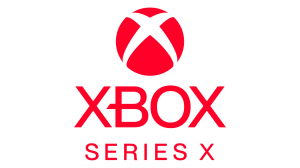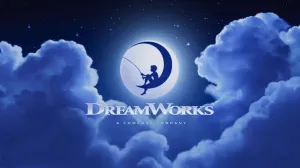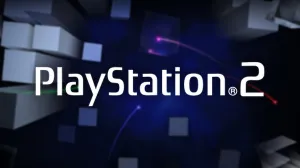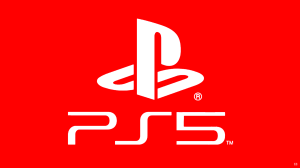2025 is proving that size does not guarantee magic. Players are realizing that small teams can deliver experiences that surprise, challenge, and stick with you long after you put the controller down. Indie and AA developers are taking risks that massive studios refuse to touch, and the audience is rewarding them. These teams focus on vision over bureaucracy, creating games that feel alive in ways large studios often forget.
Videos by ComicBook.com
Games like Silksong, Schedule 1, and Expedition 33 are dominating conversations this year. Meanwhile, AAA studios are stumbling, not just in the games they produce but in how they manage their talent. Gatekeeping keeps fresh voices out, while indie teams thrive by giving creators freedom and players experiences that actually matter. The shift is obvious: players are no longer impressed by glossy trailers or massive marketing campaigns. No. Instead, they want creativity and risk, over the same regurgitated drivel that many AAAs keep producing seemingly without a care in the world.
Why Indie Innovation Is Winning Over Players
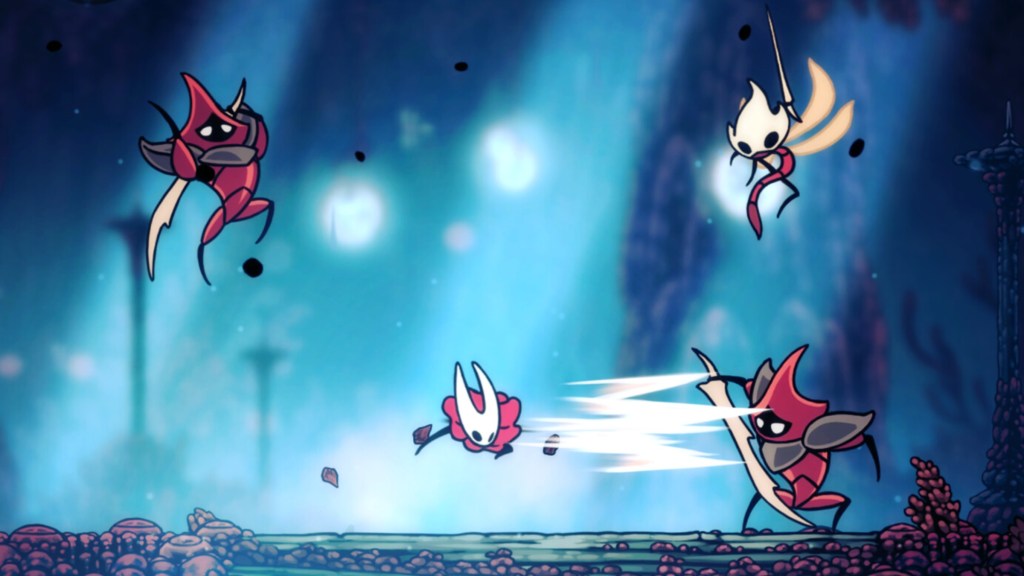
Indie games are thriving because they answer to one audience: the players. There are no marketing committees to slow decisions, no shareholders dictating “safe” mechanics, no formulaic checklist for profitability. Silksong nails this. Combat is sharp, movement is satisfying, and the world tells its story without holding your hand. Every corner feels alive, every encounter feels deliberate. AAA budgets can’t buy that kind of attention to detail because large teams often prioritize deadlines over artistry. In indie games, you feel the care in every room, every mechanic, and it translates into experiences that stick with you.
Schedule 1 shows the payoff of taking narrative risks. It doesn’t spoon-feed you, and choices actually matter. The story unfolds in ways that can surprise or even unsettle you. AAA studios rarely allow this kind of freedom. They stick to safe paths that keep investors calm and predictable. Indie teams understand that risk makes games unforgettable. Schedule 1 intertwines mechanics and story so every choice carries weight, something most AAA studios fail to do despite their massive teams.
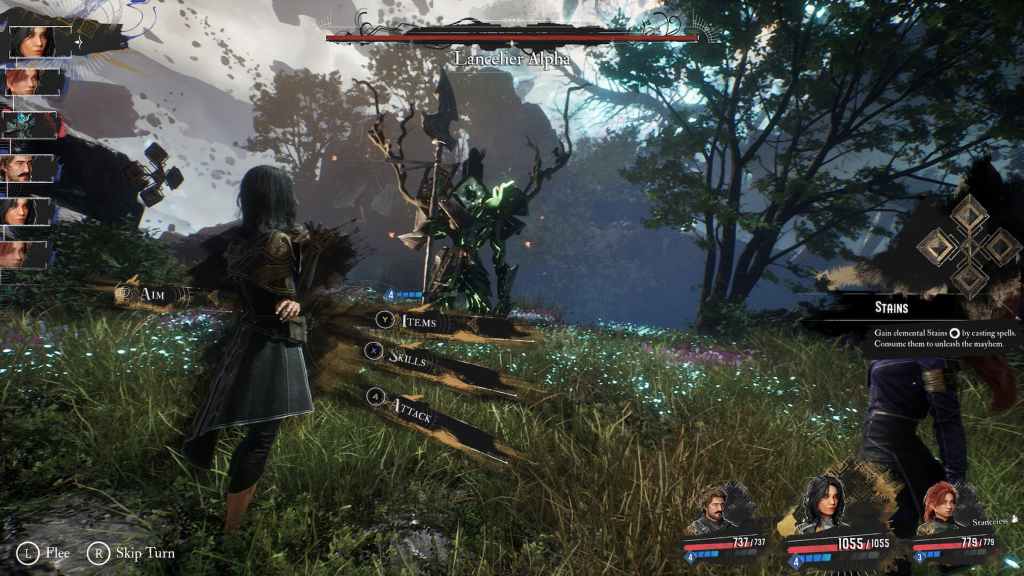
Expedition 33 doesn’t need a blockbuster budget to be memorable. Its mechanics, environments, and systems are engaging and demand mastery. Hades 2 proves the same point: iteration, polish, and vision matter more than hype. Small teams consistently outperform when given freedom, creating emergent gameplay and unexpected moments that players actually remember. AAA studios, in contrast, often produce glossy but lifeless husks for games. Indies of today are creating experiences that feel… living, from the first minute to the last, and that difference is hard to ignore.
Of course, indie titles aren’t perfect. Budgets are often notably tight, teams are generally small, and compromises have to happen to cross that release finish line. Being considered ‘indie’ comes with a slew of drawbacks that AAA will never have to think about. There was a time when indie was synonymous with ‘cheap game’. But players accept this because they see the vision and passion behind the work.
Indies have since been redefining genres instead of copying them. Silksong twists metroidvania conventions, Schedule 1 fuses RPG mechanics with branching storytelling, and Expedition 33 experiments with environmental interactions that feel fresh. They also talk to their communities and listen to feedback, aspects that AAA studios so rarely do, and it shows. That kind of connection builds a level of fan loyalty that AAA rarely manages, no matter how big the marketing push.
AAA Struggles Highlight the Shift in Gaming Trends
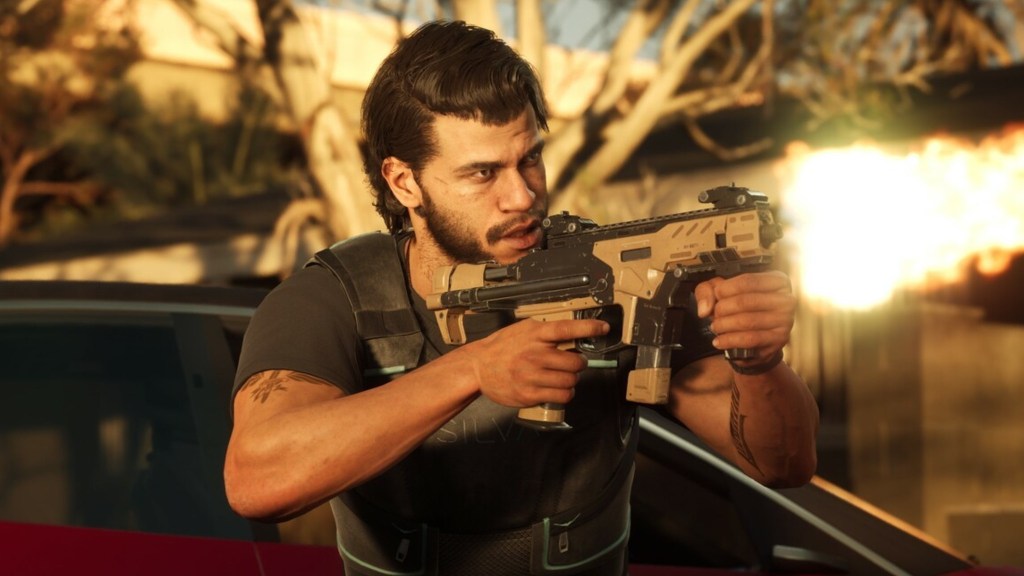
AAA studios are in a serious mess. Decisions are dictated by marketing forecasts and shareholder pressure. Risk is punished, creativity takes a backseat, and the latest trend or monetization strategy is king. The hiring system is one of the biggest problems. Studios want senior-level experience, but make it almost impossible to earn. New talent is expected to know everything and contribute immediately. If they don’t, they get quietly filtered out. Gatekeeping is rampant, and it’s killing innovation. Fresh voices are shoved aside while studios cling to the same old names and ideas that have produced a decade of mediocre, safe releases.
Even those who make it past the hiring gauntlet are trapped in a firestorm of pure bureaucracy. Talent teams are often siloed for reasons unknown to them. Decisions move more slowly than molasses. Ideas die under layers of approvals or get stripped down until they’re barely recognizable. Systems that are supposed to maintain quality, instead, often strangle creativity to the point of death by suffocation. The end result? Games that are technically polished (even then, not always the case), but soul-crushingly, mind-numbingly boring. Veteran developers with massive egos sometimes make the situation worse, to outright unbearable. Reputation doesn’t equal talent, and far too often, these “big names” spawn hollow experiences that feel safe, uninspired, or just plain terrible.
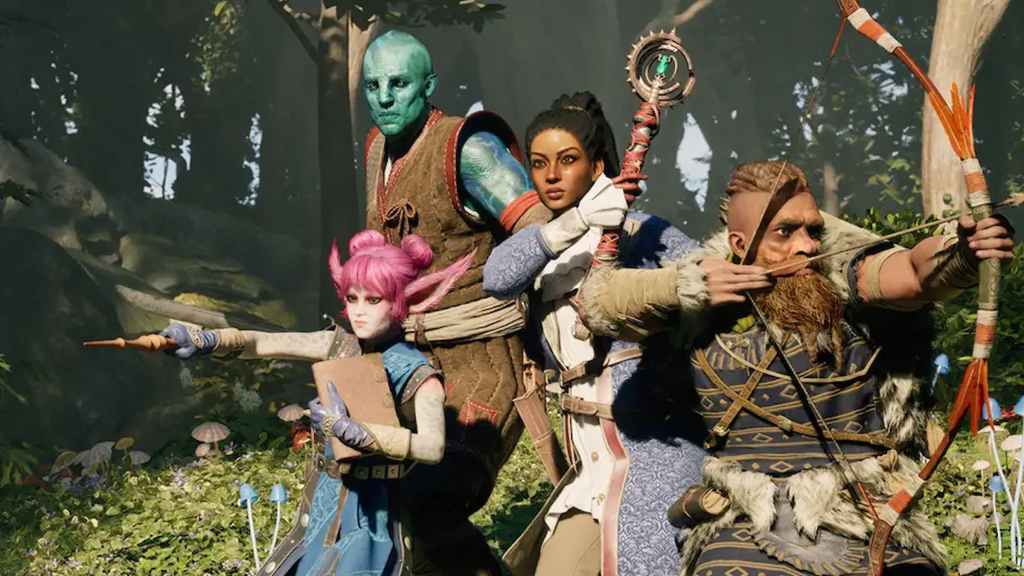
Scale shouldn’t be a curse, but the AAA space made it become one. Large teams and massive budgets should allow for bigger, bolder projects. Instead, they amplify incompetence. Creativity gets punished, trend-chasing dominates, and live-service monetization, battle passes, and cosmetic drops dictate every decision. The focus has shifted from “what game do we want to make?” to “what can we sell endlessly?” Players see through it. The soullessness. They recognize it. This is why indies, messy edges and all, are stealing the spotlight: they dare to make games that actually feel like someone(s) actually cared.
The AAA hiring system is also completely dysfunctional, and is another reason why indies are in the spotlight now. Many AAA studios demand resumes so perfect that they don’t even understand what they’re looking for. You can have years of experience for roles that would be perfect for someone with talent and drive, but they refuse to let that talent prove itself. New developers end up bouncing around unpaid internships, contract work, or being told they’re “not ready,” all while AAA clings to gatekeeping like it’s the holy grail. This kills innovation before it even starts, which is exactly why indie studios have such an edge: they don’t care nearly as much about rigid rules that amount to nothing, and very often deal way more harm than good. Ideas get tested fast, decisions move fast, and contributors actually get to make meaningful impacts.
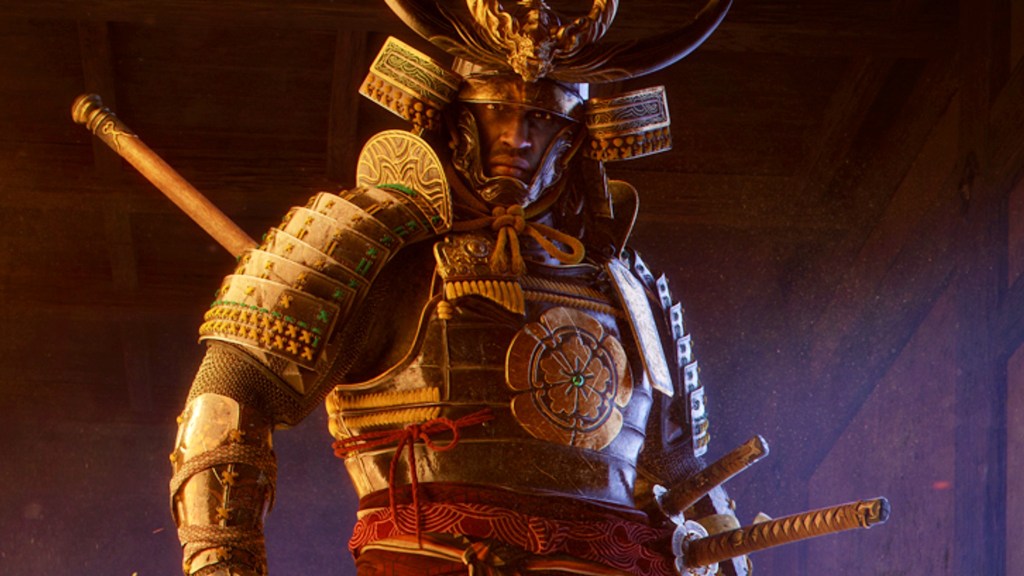
Indie studios operate in a completely different mindset. Features get implemented because they improve the game, not because they hit a revenue target. Initiative and creativity are rewarded, not punished. Engagement, excitement, loyalty, and profit all come naturally as a result. Most AAA studios are stuck in outdated systems that prioritize stupid politics and corporate metrics over vision, and it really shows. Gatekeeping, bureaucracy, ego, and obsession with trends are suffocating creativity while indie teams spot the cracks and deliver experiences players actually want.
In 2025, once again, the shift is obvious: Indie developers are no longer the underdogs they once were or were portrayed as. Now, they are the creative force defining the future of gaming while AAA struggles under its own dribbling nonsense. Not all of AAA games or studios are like this, but so many have come to symbolize this very definition that it is difficult to see beyond them.
What do you think? Leave a comment below and join the conversation now in the ComicBook Forum!




